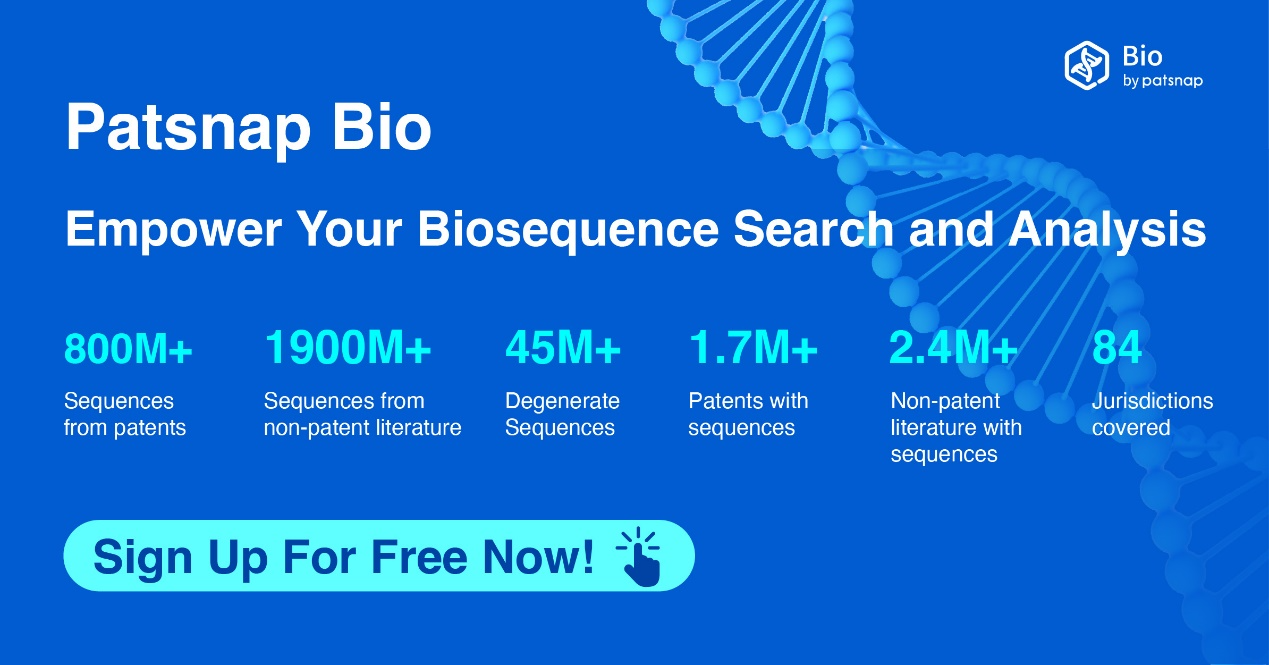Biological Glossary | What are Complementarity-determining regions (CDRs)?
Complementarity-determining regions (CDRs) are essential components of the variable chains found in immunoglobulins (antibodies) and T cell receptors. They are generated by B-cells and T-cells and are responsible for binding to specific antigens. A collection of CDRs makes up a paratope. With their variation, CDRs contribute significantly to the range of antigen specificities produced by lymphocytes.
On the amino acid sequence of an antigen receptor's variable domain, there are three CDRs: CDR1, CDR2, and CDR3. As most antigen receptors consist of two variable domains, each receptor can have up to six CDRs that can interact with the antigen. Hence, a single antibody molecule, containing two antigen receptors, has twelve CDRs in total.
These CDR regions exhibit the most sequence variation associated with immunoglobulins and T cell receptors, earning them the designation of hypervariable regions. Within the variable domain, CDR1 and CDR2 are present in the variable region, while CDR3 encompasses parts of the variable, diversity, and joining regions, with CDR3 being the most variable.
The tertiary structure of an antibody, which often involves the analysis and design of new antibodies, relies heavily on the CDRs. Various computational methods, such as homology modeling and the H3-rules, are used to build models of CDRs, particularly of the CDR3.
Free registration is available for the Bio biological sequence database: https://bio-patsnap-com.libproxy1.nus.edu.sg. Act now to expedite your sequence search tasks.




